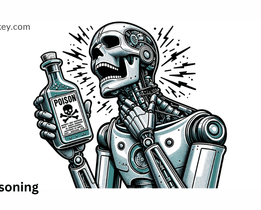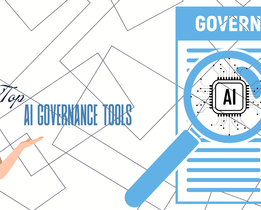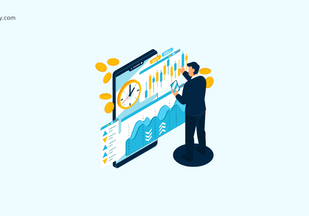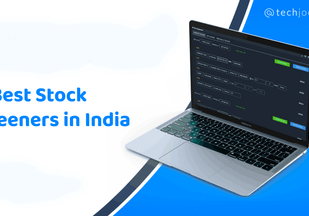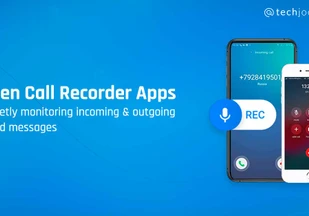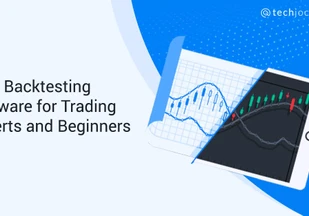Latest Posts
Building Information Modeling: Why Renga?
 By Techjockey Team December 17, 2025
By Techjockey Team December 17, 2025
When you begin your building information modeling journey, selecting the right software is crucial. Your future performance and comfort depend on it.For businesses, the most significant...
What Is the Digital Personal Data Protection Act (DPDP Act)?











Highlights: The Digital Personal Data Protection Act, India, 2023 is the first comprehensive law in India focused exclusively on digital personal data. It establishes individual data...
AI Poisoning: The Silent Threat Behind Smart Technology











Smart technology assists us in our daily lives, and it is operating silently in the background. However, there is an implied threat that is taking root...
15 Best Christmas Prompts for Gemini (Portraits, Couples & Family)











The holiday season is all about cozy lights, warm emotions, and picture-perfect memories and now, you don’t even need a professional camera to capture them. With...
Android Trojan Explained: Risks, Detection & Removal Guide











Android trojan, for the unversed, is a malware that poses a serious threat to mobile users across the globe today. For, by sneaking into devices under...
Albiriox Malware Explained: How It Works & How to Stay Protected?











Smartphones have completely transformed how we bank, making money transfers and payments quicker and more convenient than ever. But this convenience comes at a cost, that...
Top 10 AI Governance Platforms For Secure & Responsible AI Solutions in 2025











Ever come across an AI chatbot giving weird medical tips? Or one, as a hiring bot, ignoring top candidates owing to bias? Well, these aren’t hypothetical...
Top 8 Online Interview Platforms for Faster Hiring











Recruiting now does not occur over a table-it mostly begins on a screen. This has made online interview platforms a necessity, especially for recruiters who wish...
How AI Governance Can Protect Your Business from AI Risks?











Did you know approximately two-thirds of total organizations who use generative AI have deployed it without proper governance or safety controls? It is understandable that keeping...
What Is SIEM in Cybersecurity? Benefits, Tools & Use Cases











How would you feel if your organization was under attack and you had no idea until it was too late. That’s the harsh reality. With thousands...









